The Art Deco style embraces lively colors, details, and distinctive geometric shapes. Design enthusiasts love how it dresses the space in luxury and elegance while adding a touch of individuality. This style is rather brave and bold and definitely not ideal for the fainthearted. In this post, we reveal more about the history, characteristics, and implementation of Art Deco.
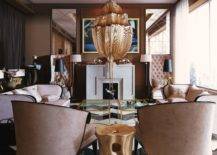
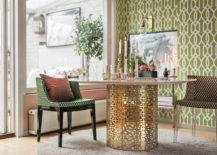
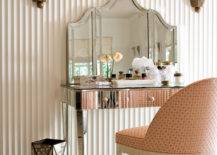
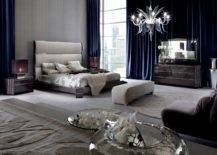
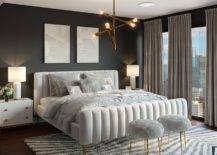
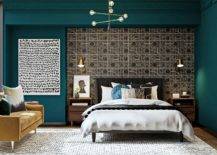
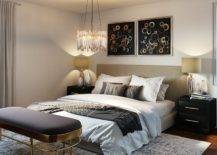
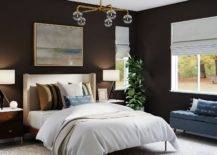
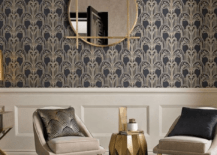
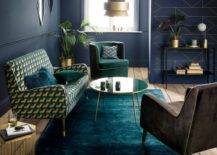
History
Art Deco enjoyed massive popularity from 1925 until the 1940s, with a comprehensive implementation that wasn’t limited to interior design. The main features were vivid colors, geometric shapes, and smooth lines, reflecting the modern technologies popular at that time. This style found its way to fashion, architecture, crafts, paintings, graphics, and more.
The Art Deco style was considered luxurious, embracing select materials such as ivory, jade, crystal, and silver. However, things took another direction after the Depression. The style embraced more affordable materials, offering the middle class an elegant and functional design style.
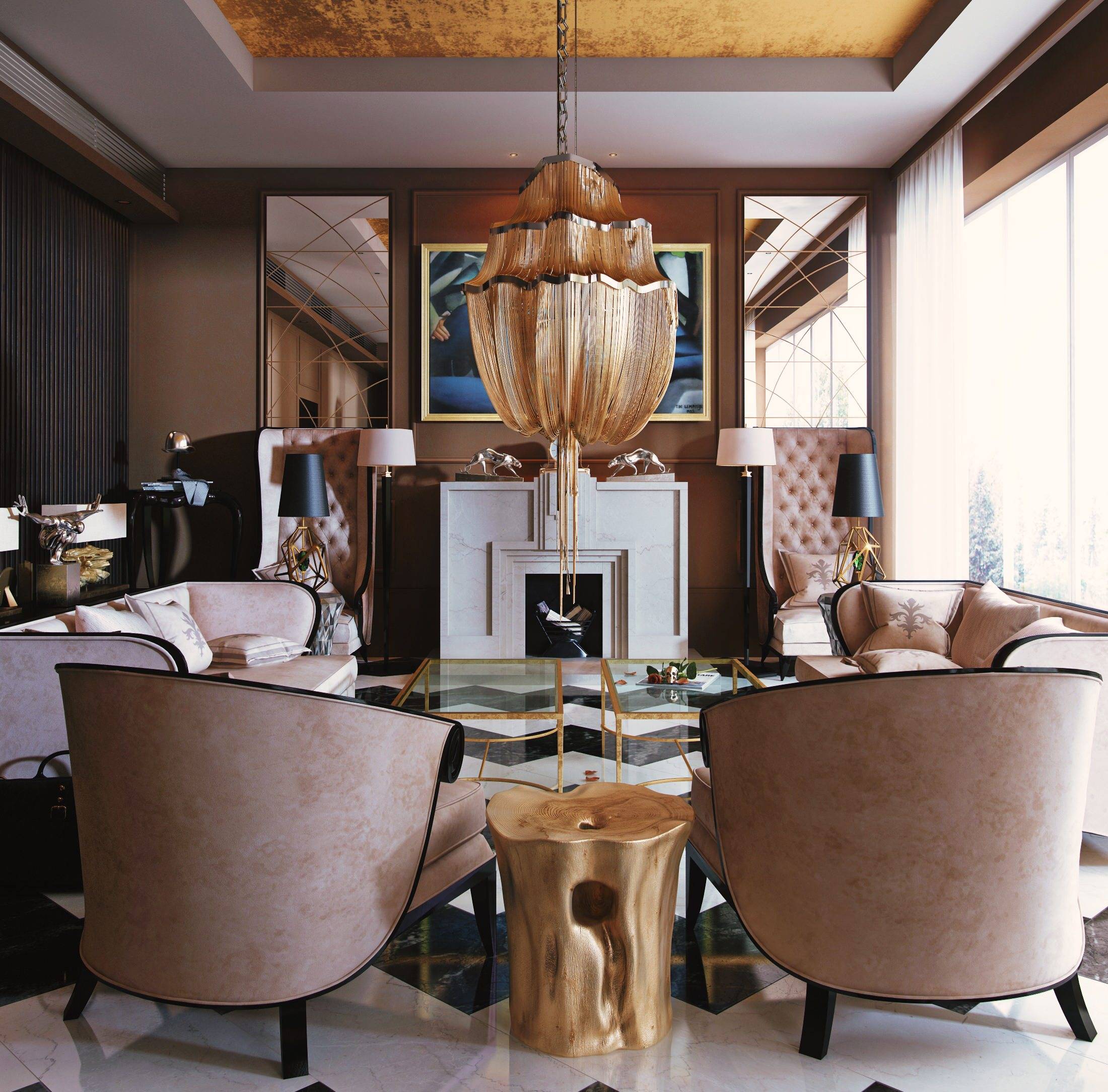
Use of color
Deep jewel tones and polished finishes add a touch of luxury and elegance to a space. If you love minimalism and neutral colors, you probably won’t be keen on Art Deco. This design style embraces bold color palettes that make a courageous statement. Blue, red, green, and yellow are signature colors of Art Deco, coming in a shiny finish for a lavish look.
Furniture shape
The Art Deco style favors a specific furniture shape that radiates elegance. The body of the furniture tends to be curvy, with angled legs for a sophisticated look. The pieces come with shiny metal accents and polished finishes. When it comes to size, the larger, the better. This style embraces oversized furniture that makes a statement. However, being mindful of proportions guarantees a tasteful look.
Think of angular armchairs as an excellent way to create a conversational area in the living room. Their chunky appearance fits the Art Deco spirit, while the busy patterns complement the space.
The decor plays a crucial role in defining the space, with nude female figures and animals as common themes. Metal finishes such as silver and chrome are prevalent, as well as natural materials like jade and ivory. The sunburst motif is another signature aesthetic of Art Deco, coming in decorative mirrors and elegant light fixtures.
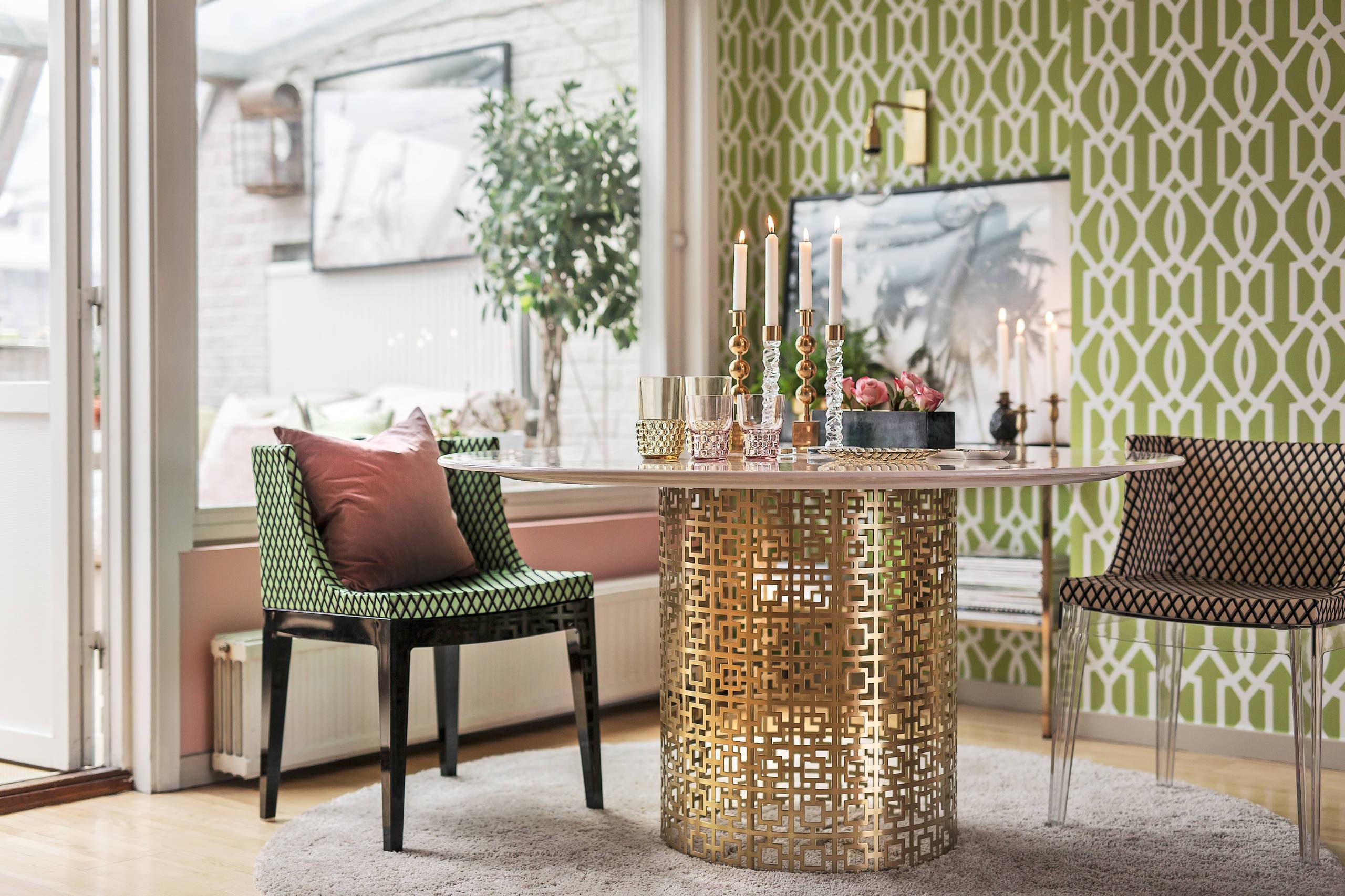
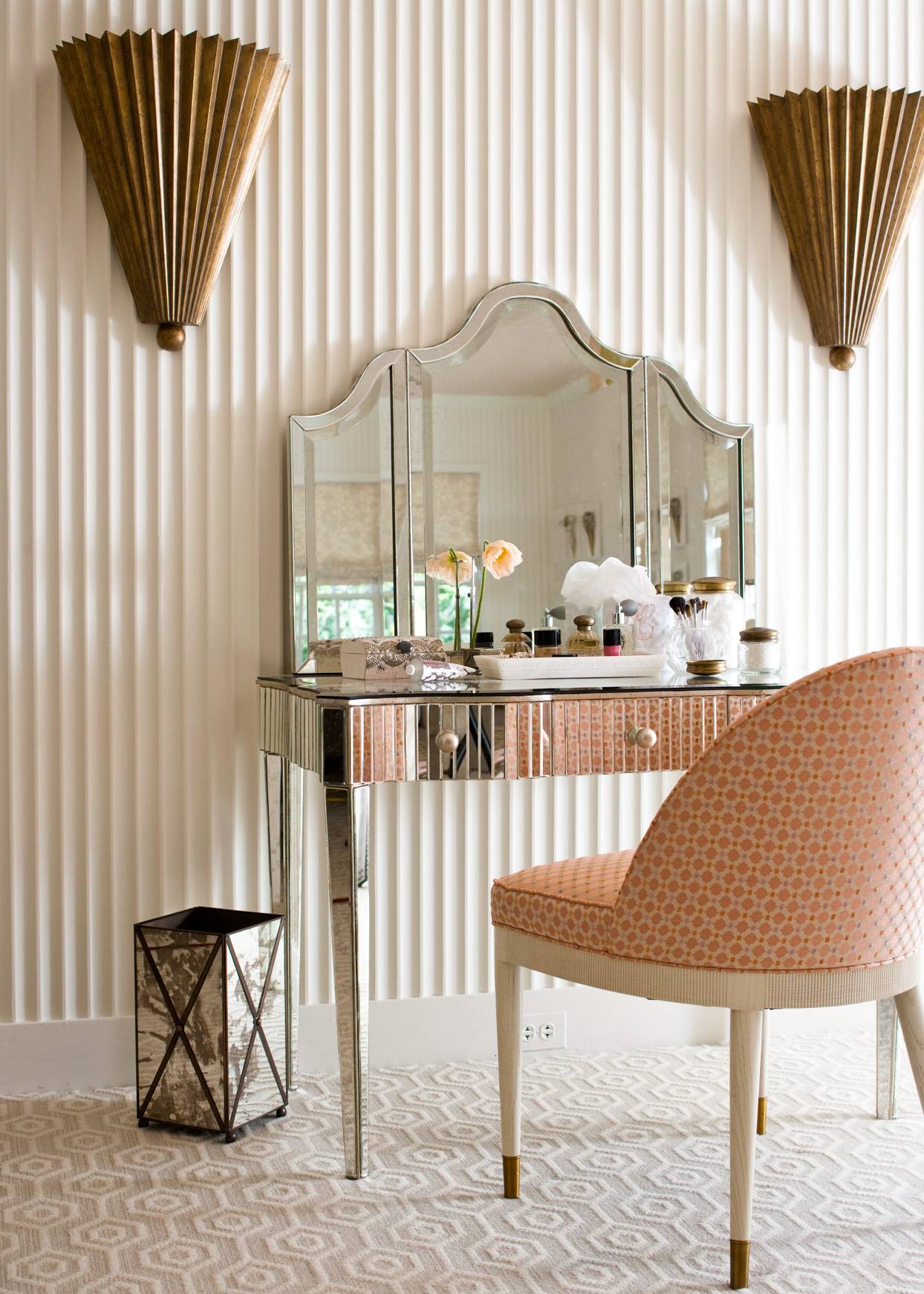
Patterns
The style relies on unique geometric patterns to bring character to the space. While the use of pattern is pretty common, the mix-and-match approach is a signature feature of Art Deco. The chevron print is a popular choice for throw pillows, area rugs, and wallpaper. Zig-zag and trapezoid patterns are another way to add visual interest. However, make sure to stay away from plaid and floral prints since these don’t fit the style.
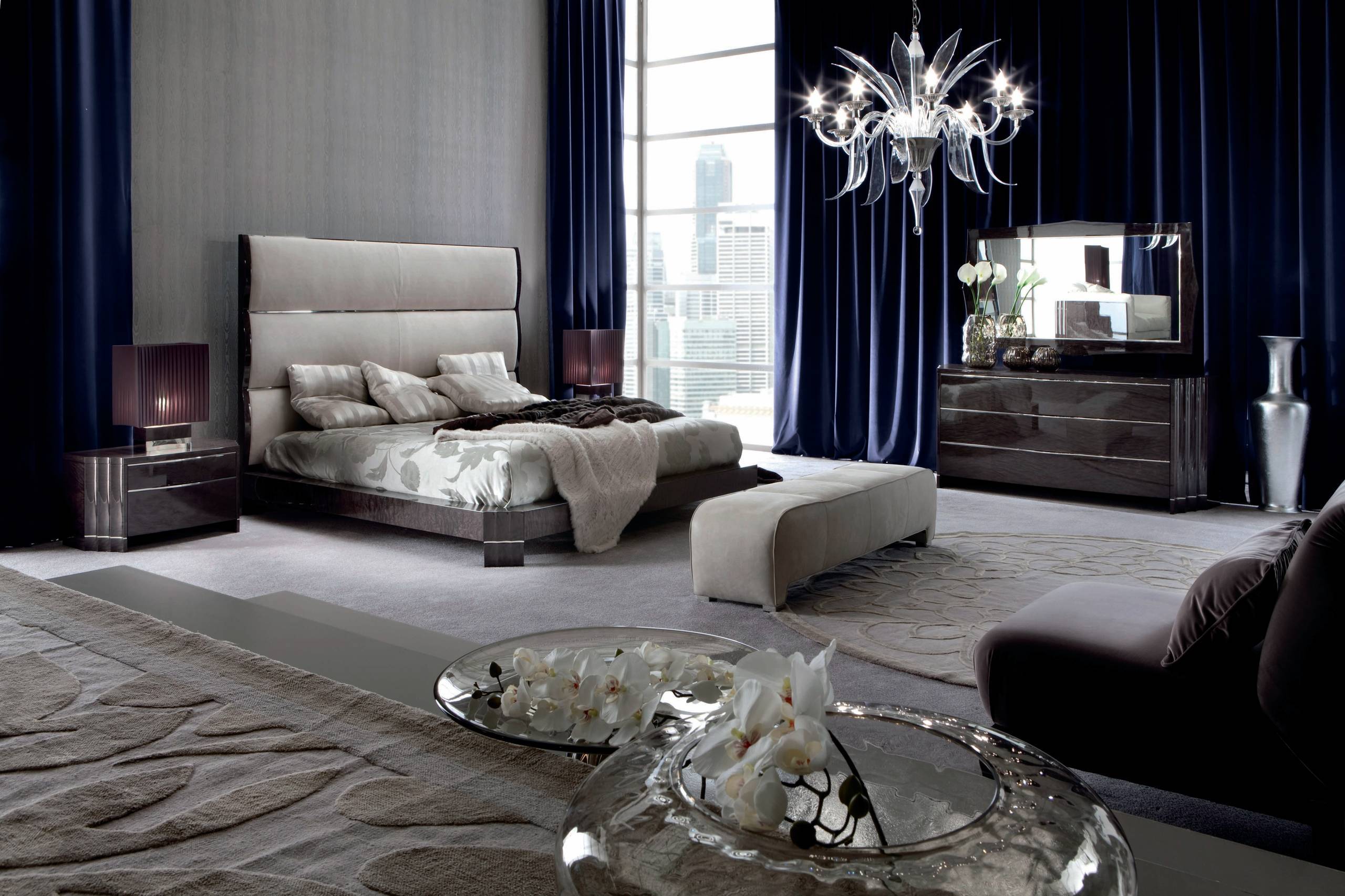
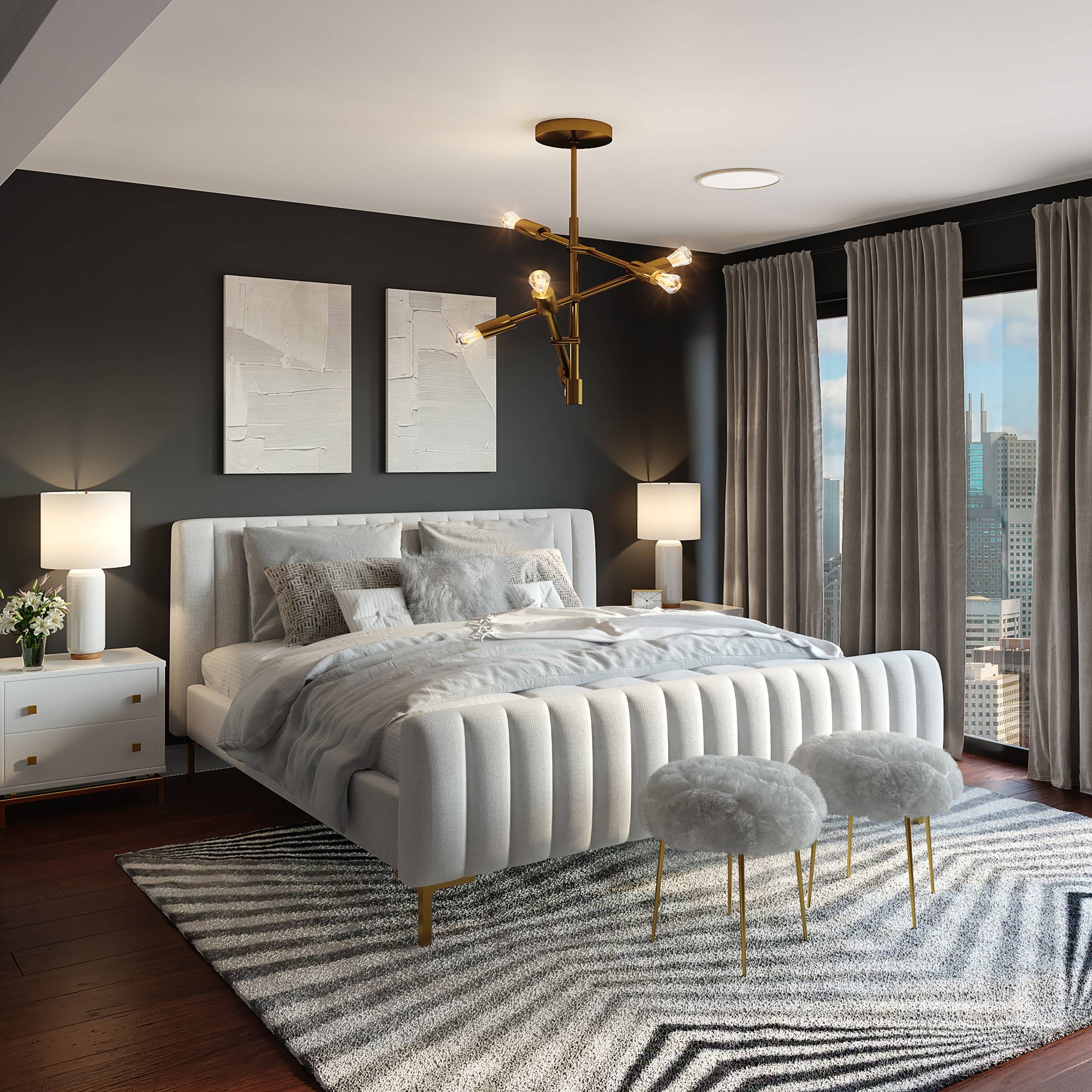
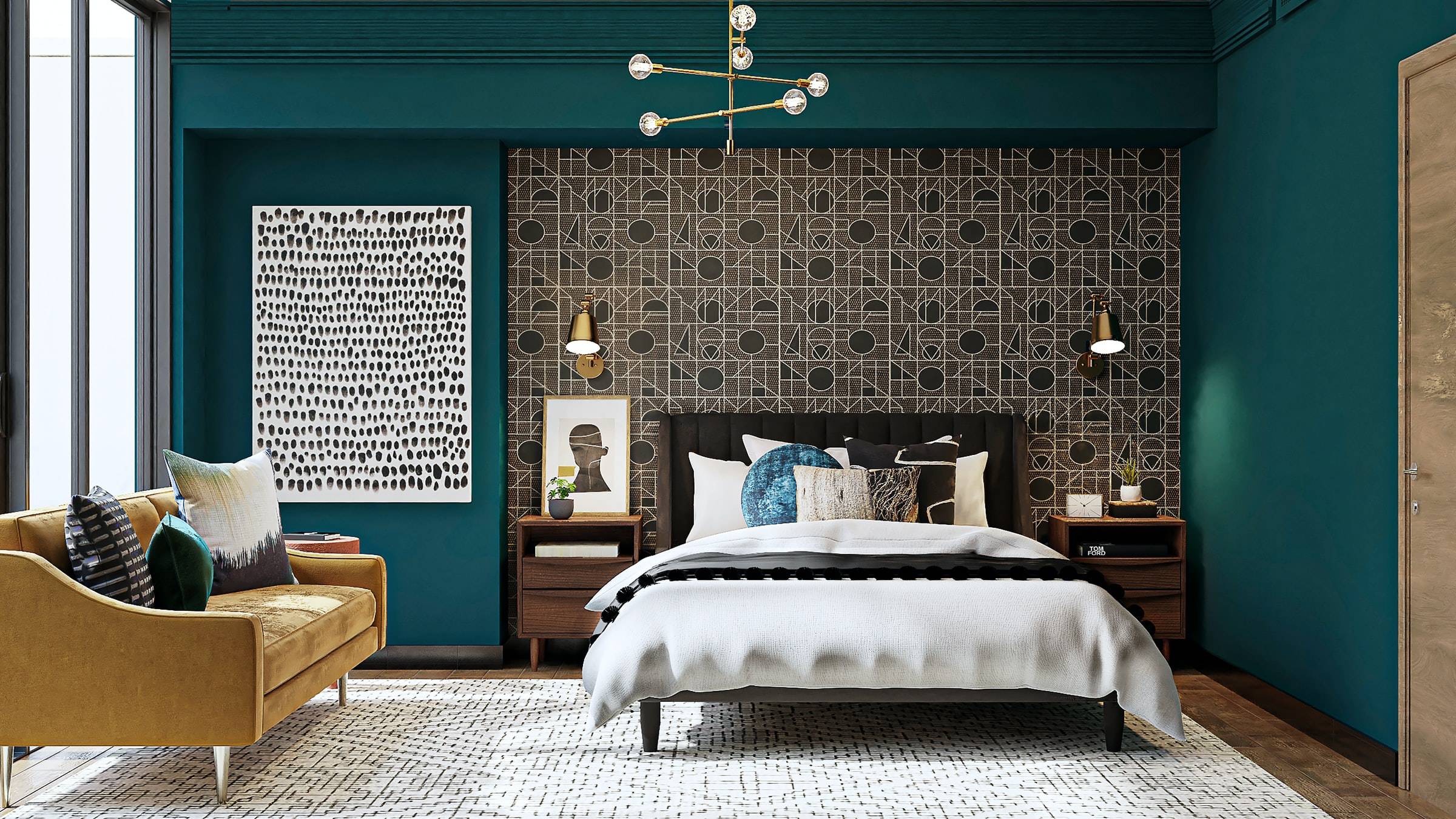
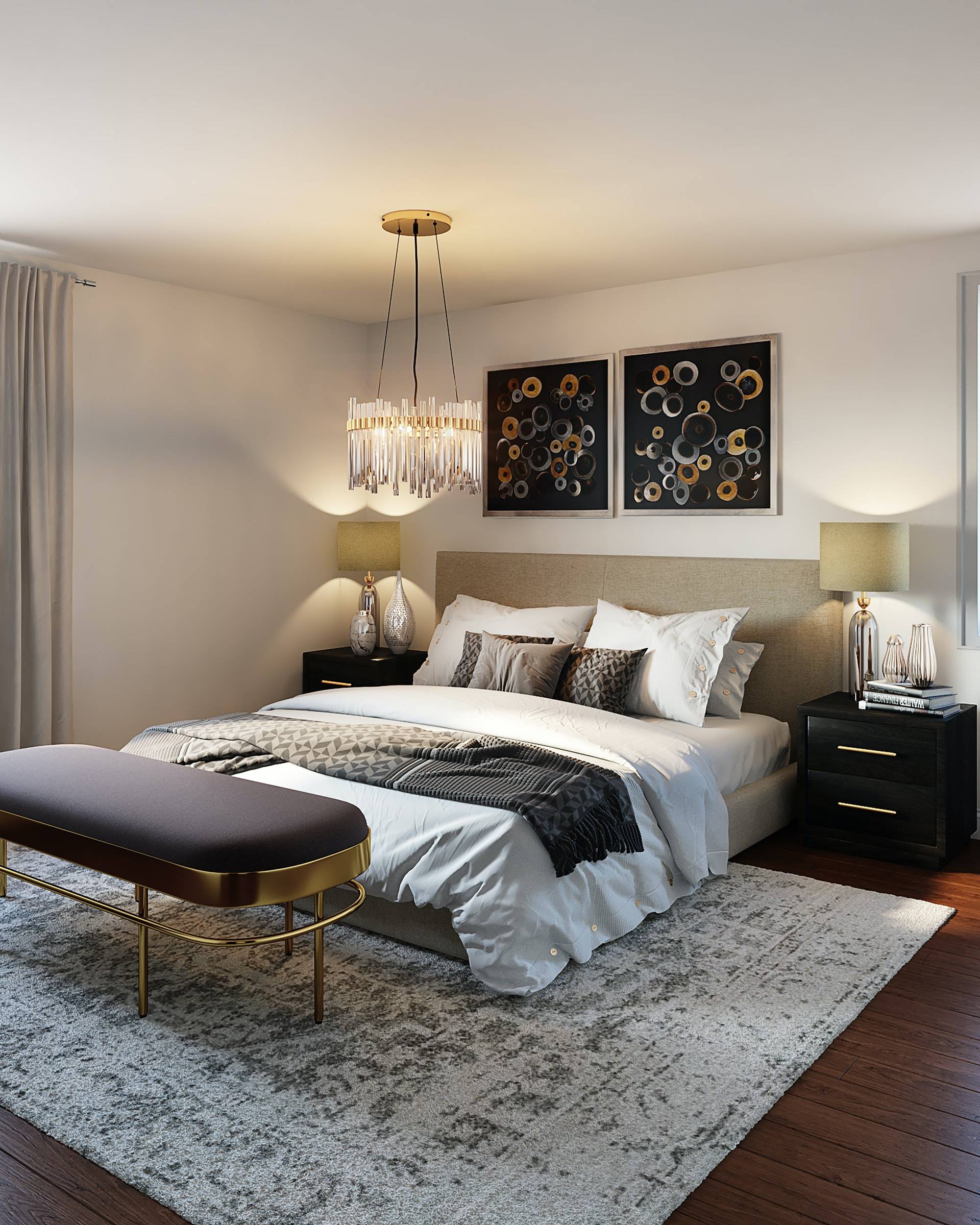
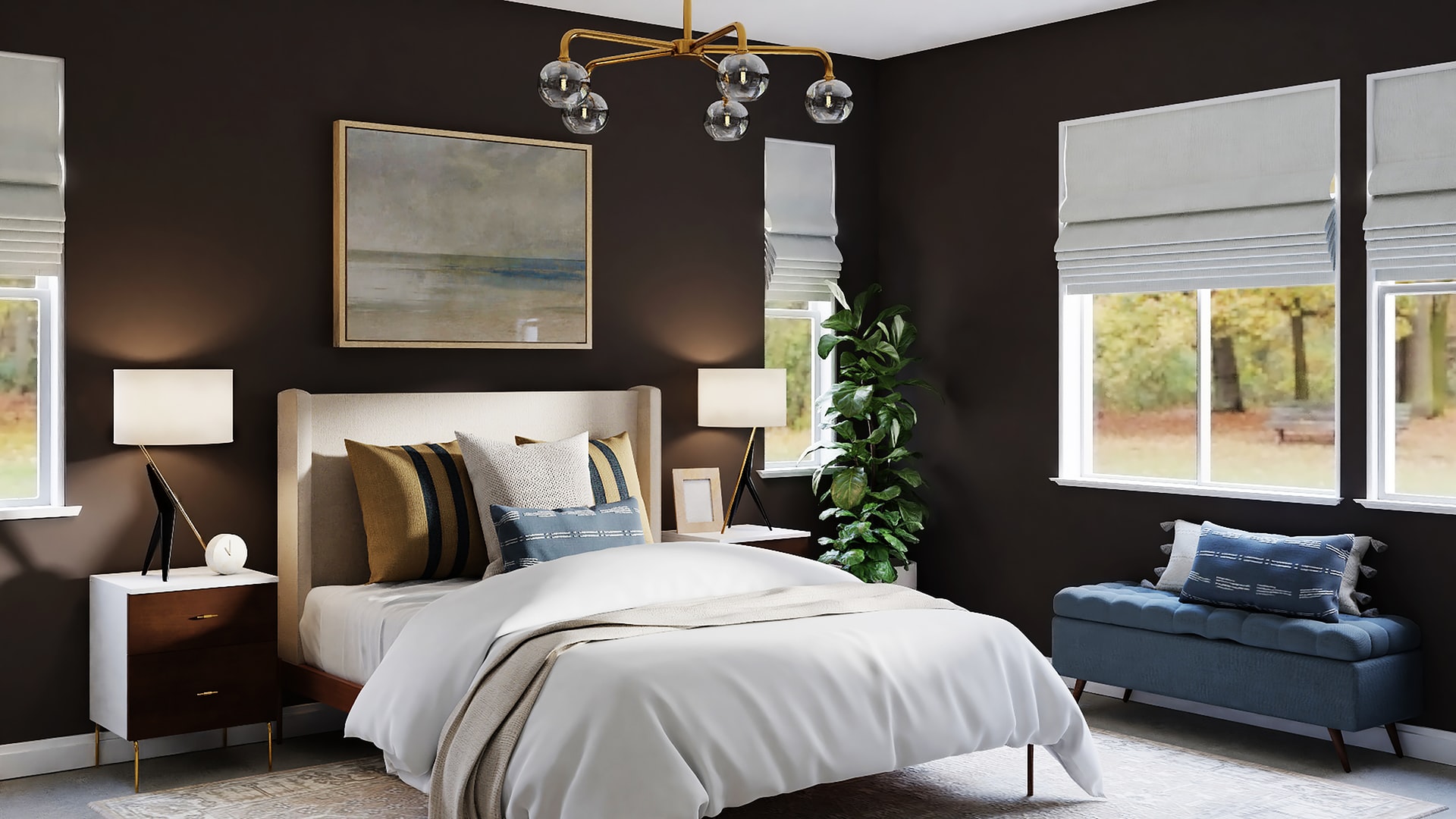
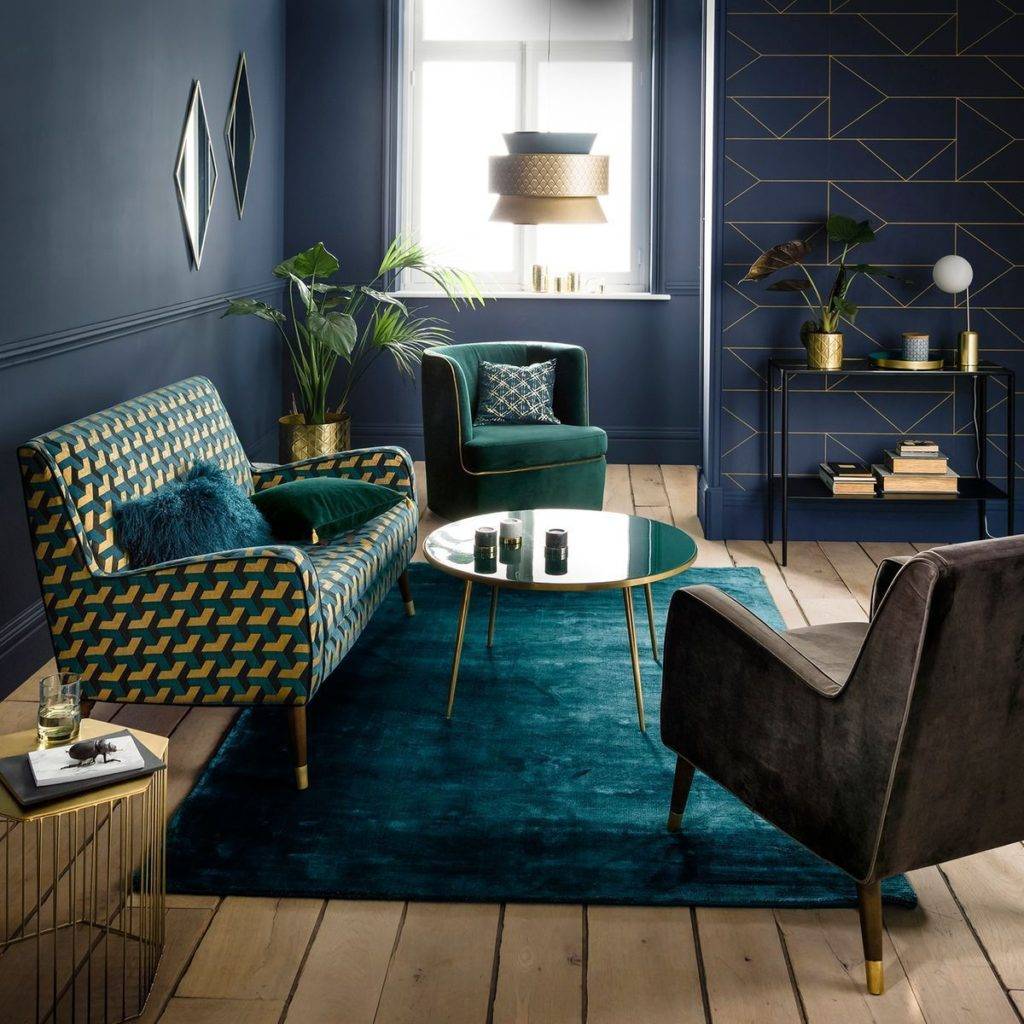
You're reading An Introduction to Art Deco Design, originally posted on Decoist. If you enjoyed this post, be sure to follow Decoist on Twitter, Facebook and Pinterest.
No comments:
Post a Comment